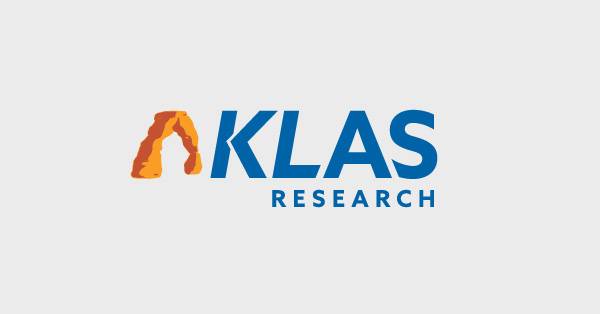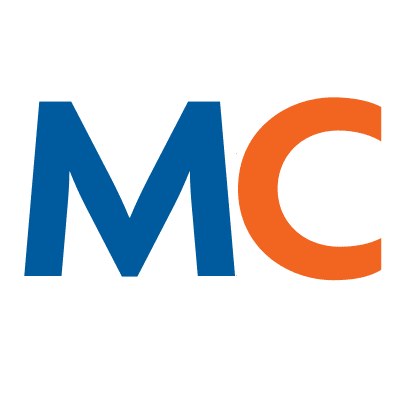- Solutions
- Solutions
- Home Health
- Hospice
- Life Plan Community
- Palliative Care
- Private Duty
- Senior Living
- Skilled Nursing
- Skilled Nursing
- Skilled Nursing Software
- Advanced Insights
- Customer relationship management
- Data and analytics
- Financial & operations management
- Marketing
- Nutrition management
- Referral management
- Regulatory compliance
- Retail management
- Resident engagement
- Revenue cycle management
- Skilled nursing interoperability
- Partners
- Blogs
- Resources
- About
- User Conference

Success with OASIS-E: 4 Key areas of impact
The Outcomes and Assessment Information Set (OASIS) was initially developed as a core group of data elements to uniformly measure and risk adjust quality measure outcomes across all home health agencies (HHAs) to serve as basis of outcomes-based quality improvement (OBQI). Select OASIS items were later identified for use in payment determination under the Prospective Payment System (PPS), and eight OASIS items remain today as part of payment determination under PDGM in addition to claims data. The OASIS and its associated Guidance Manual are periodically revised based on CMS’ addition or removal of quality measures from the Home Health Quality Reporting Program (HHQRP) or for other program requirements.
The main drivers for the upcoming version change from OASIS-D1 to OASIS-E are to increase standardization across post-acute care (PAC) settings to uniformly collect health data and to enable calculation of standardized, cross-setting quality measures — both of which are pursuant to the requirements in the provisions of the Improving Medicare Post-Acute Care Transformation (IMPACT) Act of 2014.
The changes from OASIS-D1 to OASIS-E are quite expansive, thus may take considerable time and commitment from your staff and will require significant operational and training considerations for HHAs across the country. Let’s look at four key areas of impact to help promote your agency’s success with the upcoming implementation on January 1, 2023.
1. Medication reconciliation workflow OASIS-E has new collection items (A2120-A2124) used to calculate two new transfer of health (TOH) information cross-setting process measures that will be publicly reported on Care Compare. HHAs need to assess their current medication reconciliation workflow and communication from office to field, as clinicians will need to code for IF a reconciled medication list was sent to another provider and the patient, and HOW it was sent — meaning the mode of transmission used to send the medication list.
Think about that workflow in your office and how that information will be shared with your OASIS clinicians. This may also be worth considering as an addition to your current quality assessment and performance improvement (QAPI) program initiatives.
2. Policy and procedure considerations The A2120-A2124 (provision of current reconciled medication list to provider/patient at transfer/discharge, and mode of transmission) collection items for the new cross-setting transfer of health (TOH) information process measures related to providing a reconciled medication list to provider at transfer and discharge, and the patient at discharge, may result in needed updates to your existing medication reconciliation, transfer and discharge policies and procedures.
It would also be important for HHAs to evaluate needs for policy and procedure development for the assessment, reporting, care planning, and community referral support for social determinants of health (SDOH) factors, which will continue to expand in the collection requirements by CMS related to the current CMS health equity priorities and initiatives.
- A1005 Ethnicity
- A1010 Race
- A1110 Language and interpreter services
- A1250 Transportation
- B1300 Health literacy
- D0700 Social isolation
Also, HHAs should be reviewing current policies and procedures related to clinical assessments, high-risk drugs, pain management, care coordination and care planning in a cross walk with the following new standardized patient assessment data elements (SPADES) included in OASIS-E:
- C0100-C0500 Brief interview for mental status (BIMS)
- C1310 Signs and symptoms of delirium (CAM) [consider including instruction for follow-up based on assessment findings and a process for physician/NPP notification]
- D0150-D0160 Patient mood interview (PHQ-2 to 9)
- J0510-J0530 Pain interview
- K0520 Nutritional approaches
- N0415 High-risk drug classes
- O0110 Special treatments, procedures and programs
3. Staff training The OASIS-E Guidance Manual is an important resource for all the new collection items. HHAs should consider aligning training with the manual guidance for item intent, coding instructions and response-specific instruction. If your agency has a behavioral health program, this would be a great area to consider using behavioral health nurses as trainers and resources for the new cognitive and mood assessment items.
Also, any new or updated office workflows, communication systems, and policies and procedures should be included in initial and ongoing staff training. Be sure to include assessment and guidance competency skills checks, both initially and on an ongoing basis.
4. OASIS-E clinician toolbox There are a lot of changes and considerations needed to promote the success of your field clinicians with regulatory and agency compliance, and accurate OASIS-E assessments. To fully support your staff training efforts and provide needed resources, you can pull it all together by providing your staff with an OASIS-E clinician toolbox. Here are some final thoughts for items you may want to consider including:
- Accessible electronic link on field tablets/laptops directly to the OASIS-E Guidance Manual
- Communication workflow from office to field confirming when and how a reconciled medication list was sent to provider at transfer/discharge
- Copies of all new and updated policies and procedures (i.e., medication reconciliation, high-risk drugs, discharge and transfer, pain assessment and management, clinical assessment, care coordination, care planning P&P)
- Clear instructions/expectations for medication reconciliation
- High-risk drug examples
- Clinical assessment and patient education tools
- Cue cards, assessment techniques, and cheat sheets for common assessment procedures
- Resources for community referrals
As we all know, OASIS accuracy is critical, as it is tied to PDGM payment and publicly reported quality outcomes — don’t be behind when OASIS-E officially begins. Request a demo today to see for yourself how MatrixCare can both prepare and support your clinicians for the critical assessment changes coming to our industry.
Request a demo today for a closer look at MatrixCare.
See what MatrixCare can do for you
Brandy Shifteh
Brandy Shifteh, RN, BHSA, MBA, joined MatrixCare in April of 2018 as a Clinical Informatics Business Analyst, where she has been very involved in the development and enhancement of clinical analytics that supports scrubbing of OASIS assessment data, casemix/HIPPS scoring, clinical assessment reviews and coding. In April of 2019, she transitioned into a Regulations Compliance role, where she is responsible for monitoring regulations that impact home health, hospice and private duty home care, to help ensure our solutions support all existing and new regulations. She is very plugged into the regulatory community with relationships at both the state and federal level and serves as an active member on the National Government Services (NGS) Vendor Coalition group, where she provides input on MAC provider education and materials. Brandy is a Registered Nurse and comes to us with over 23 years of operations management experience in the home health, hospice and private duty home care sector, inclusive of accreditation/survey preparedness, compliance and clinical/quality improvement programming. She holds two undergraduate degrees; science and nursing and health services administration; and an MBA in computer information systems (CIS).
Related Posts


See MatrixCare in action
Start by having a call with one of our experts to see our platform in action.
MatrixCare offers industry-leading software solutions. Thousands of facility-based and home-based care organizations trust us to help them improve efficiency and provide exceptional care.





